For many people, buying potable water in stores or supermarkets is usually the first option, as they believe that it’s safer and more susceptible to testing. However, in the context of scarcity, there are other solutions that can help you consume this vital liquid safely. And all this without leaving home, while saving money and being responsible with the environment. We’re more than used to opening a tap and being able to directly consume it, without any fear of contaminating our body or suffering from a disease caused by bacteria. But in some parts of the world, this fresh and potable life-saving potion is a true luxury.
The fact that we have bottles around every corner gives us a lot of security and makes us prepared against any temporary problems that arise in the rivers or reservoirs where the running water comes from. But let’s see – what would you do if you travelled to countries where this is impossible? What if there’s no way to buy it and enjoy it like you would do at home?
As it can be quite useful for everyone who cares about their health, we’ll now explain the most effective and fastest methods of purification. These can be carried out in your home when you travel to another country or on any other occasion and thus eliminate any bad particles that could affect your health in any way.
Contents
1. Boiling
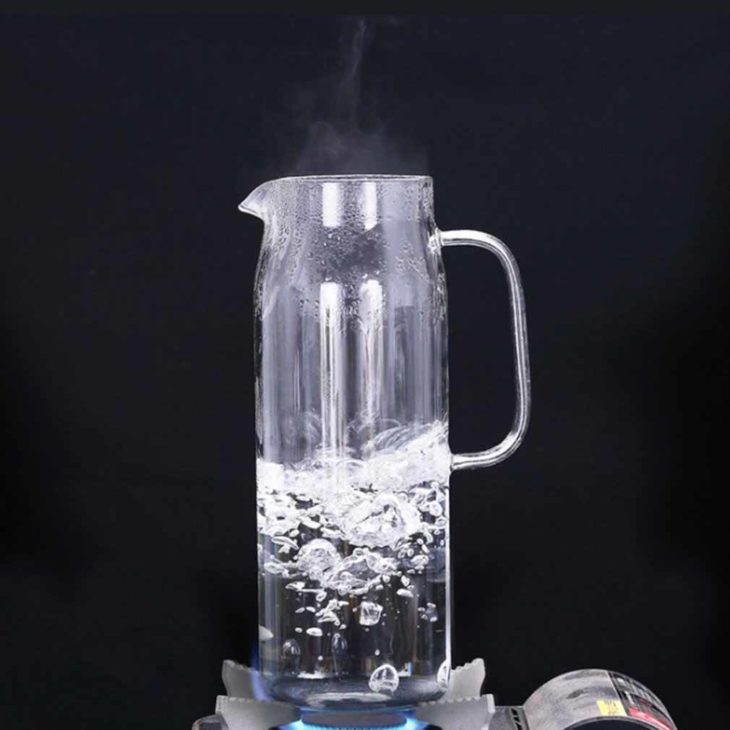
Source: aliexpress
Yes, it’s that simple. No additives, no other substances. Boiling allows killing all the germs and microorganisms present.
Although it’s the best-known solution, many don’t really know how to perform it correctly. To do this, it must be filtered or decanted previously and then boiled. It’s advisable to boil it for at least five to ten minutes (ideally twenty minutes). You might notice a bland taste, but this problem is easily solvable by adding a little salt or improving it by transferring it repeatedly from one container to another.
2. Chlorine
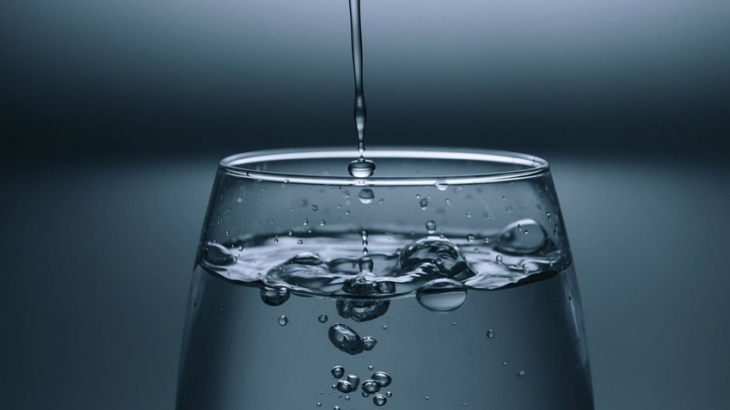
Source: slashgear
This substance represents one of the most efficient options when it comes to the means which have the ability to make water safer to use for drinking. The process is quite easy and it’s done by putting chlorine-based products in it in order to eliminate all tiny micro-particles. It needs around half an hour to work and to cleanse enough – and the effect lasts for a couple of days if everything is done well. Of course, this also depends on the conditions in which we keep the water, but having in mind that chlorine can also evaporate after some time, it’s recommendable to use it more than once to keep it safe.
What are the advantages of this process? Well, apart from being one of the best resolutions in this field, we could say that it removes all kinds of bad microorganisms if you know how to do it right. And, if this reason isn’t enough, we also have a long-lasting impact of this process, as it provides us with better results than other alternatives that you can find in this text or anywhere else. But, on the other hand, we couldn’t say that it’s cheap – sometimes it takes a non-negligible amount of money to carry out experiments like this.
3. Cloth filtration
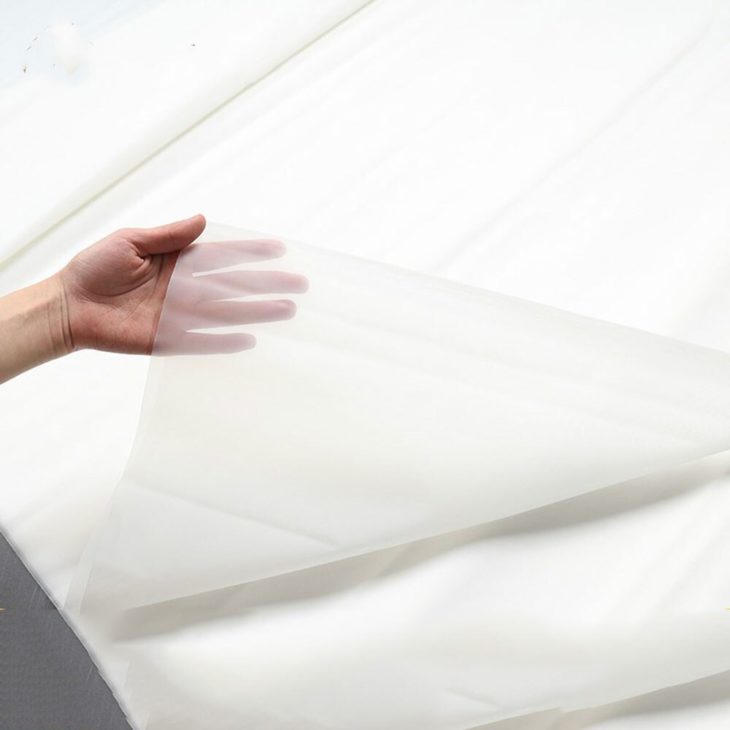
Source: aliexpress
It’s true, this must look like a little bit old-fashioned alternative, but it might work when no other options are available. There might be times when you won’t be able to use expensive filters or have any other choice. What really matters are some basic hygienic things when it comes to the particular type of cloth – it should be a cotton one and thick enough to keep away all the harmful particles that should be eliminated. We don’t even need to mention that it needs to be absolutely clean, as the water we’re going to drink will pass through it.
Having in mind all other modern ways of doing it, this kind of cleansing isn’t really quite a reliable method of treatment. It’s more recommendable to use this concept as a preparation part of the process of purifying with some other means.
4. Filters
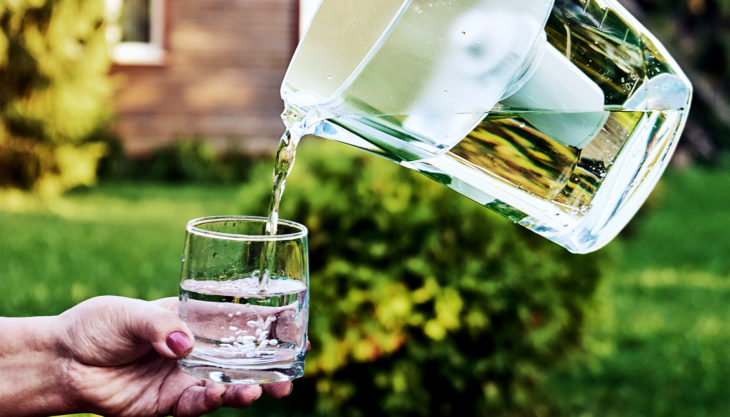
Source: futurity
So far, these are the most useful ones, according to the fact that they have been used for a long, long time. We can find them in many forms and they can be made of various materials, but the most important thing is that they do the job better than most other purifying solutions. Bigger or smaller, fixed or removable, they can be obtained in almost every shop dedicated to this kind of equipment.
You’ll even be able to choose the price, the design and all other features that matter to you. To see some examples of different kinds of filters made of different materials, make sure to click here and take a look at the wide range of available products.
We can expect them to get rid of bacteria, but eliminating viruses can’t be performed that successfully, which could be a disadvantage. However, considering the disadvantages of the rest of the alternatives, this looks like a tiny defect compared to them.
Of course, a dirty filter doesn’t serve anything – therefore, it’s a crucial point to take care of the maintenance and cleanliness of this asset. If we’re observing things from a financial perspective, we can’t deny that it’s definitely less expensive to use water treated like this than spending hundreds of dollars monthly on bottles in supermarkets.
5. Adsorption (or a carbon-based purification)
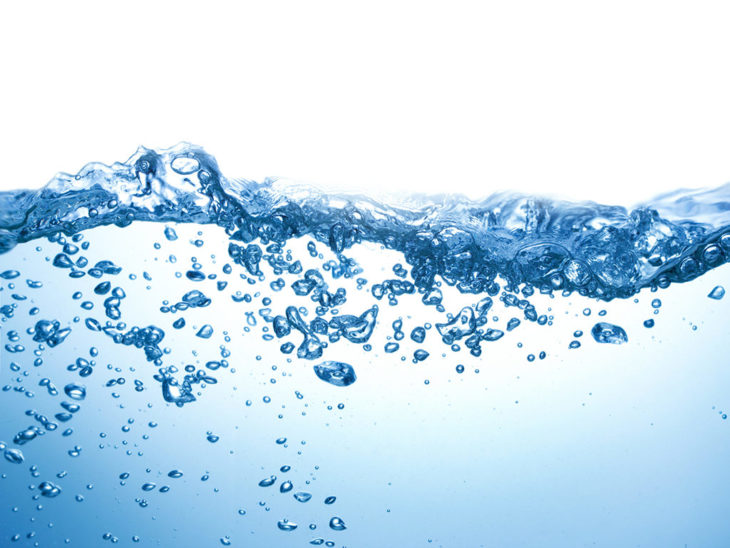
Source: pubs
This is rarely used as a basic process, but, in addition to the refining process, it can be effective in repairing the basic properties like taste, smell or color. It also removes toxic substances such as pesticides, some organic compounds and solutions and metal particles.
The main actor here would be a magical substance called activated charcoal. It has been found to be of greatest use as a sorbent, and in many cases is an indispensable agent in the pre-treatment process. Activated charcoal in the pre-treatment process occurs in the form of granules (when there’s a permanent deterioration of quality) and powder (in the case of minor deterioration and incidental situations). The granular form is regularly used after coagulation, flocculation and precipitation of water and after filtration through the classic, sand filters. Issues in applying this method lie in the fact that the adsorption capacity of coal is different for different materials. Therefore, this might represent a problem sometimes as it doesn’t work effectively with each one of them.
As you could notice, each and every one of these processes has its own benefits and disadvantages. But there’s something for everyone who feels the urge to take care of their health and better quality consumption. Don’t forget that water makes 70% of our bodies: therefore, we are what we drink. Therefore, the only thing you need to do is decide which one seems the best for us and start building better living conditions!
